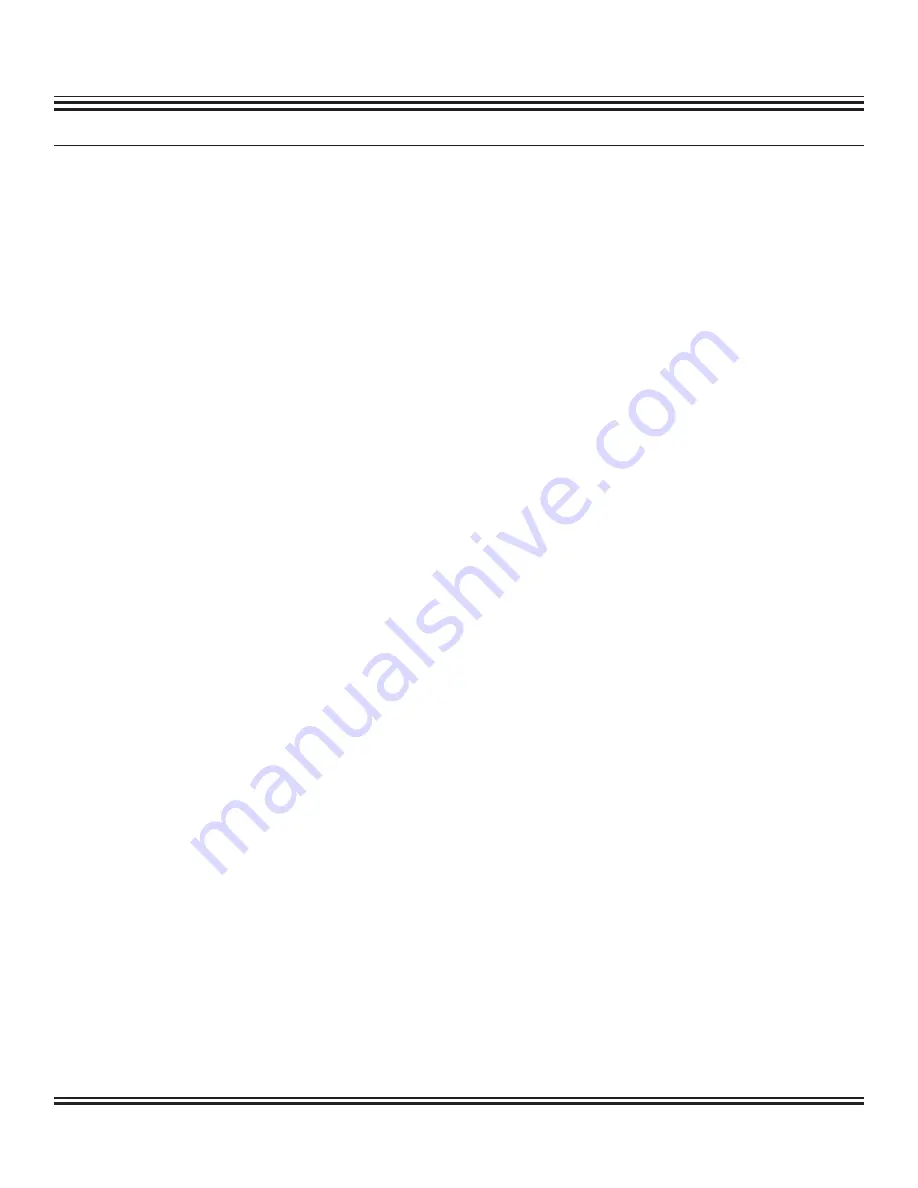
SpectraPure
®
14
SpectraPure
®
Inc.
480.894.5437 Call us toll-free 1.800.685.2783
2167 East Fifth St, Tempe, Arizona 85281
CARBON BLOCK PREFILTER REPLACEMENT
For maximum contaminant removal and long membrane life, the Carbon prefilter must be changed when the Chlorine Test
Kit shows more than 0.1ppm of chlorine in the waste water stream.
Materials Required:
0.5 micron Carbon Block Filter (CF-0.5-10), Filter Wrench, Chlorine Test Kit (TK-CL-10 - KIT)
Procedure:
(SECOND FILTER ON LEFT WHEN FACING SYSTEM)
1. Refer to “Sediment Prefilter Replacement” on previous page.
2. Perform steps 1-5 for the Carbon Block Filter.
3. Turn on system’s water supply and check for leaks.
REVERSE OSMOSIS MEMBRANE DIAGNOSTICS
Although RO membranes are capable of maintaining high water quality over extended periods of time, they
eventually will begin to deteriorate. Normally, the conductivity of the permeate water will increase as the membrane
ages. By comparing the difference in TDS readings between the Tap water TDS and the RO water TDS, the
“percentage rejection” of the RO membrane may be calculated and the resultant value may then be used to determine the
condition of the membrane. In this way, the operator will know when the membrane needs to be replaced. Membrane
failure will be indicated by a reduction in the percentage rejection which will be determined by calculating the differential
between the input and output TDS readings.
In order to accurately determine the condition of the RO Membrane, a conductivity tester (TDS meter) capable of reading
the tap water conductivity and the permeate water conductivity has been provided with this system. With the assistance of
the Left-Hand TDS meter, you will be able to easily determine the RO membrane’s condition.
Before performing the diagnostic test on the RO membrane, make sure that the RO system has been “ON” and producing
pure water for a minimum of 10 minutes. Also check the brine (yellow) line to make sure that water is flowing and that the
flow ratio between the brine water and the permeate water is at a ratio that is between 1:1 and 2:1.
Procedure:
1. Turn on the Left-Hand TDS meter by depressing the “ON” button.
2. Locate the meter slide switch on the front of the meter.
3. Slide the switch to the left (IN) and read the Tap water conductivity (X), then record the reading ________
4. Next, slide the switch to the right (OUT) and read the RO water conductivity (Y), then record the reading ________.
5. Subtract RO water conductivity from tap water conductivity. (X - Y)
6. Divide this quantity by tap water conductivity. (X - Y) ÷ X
7. Rejection = [(X - Y) ÷ X ] ×100
Rejection of the RO Membrane Calculation Example
1. Tap water hardness = 150 ppm (X)
2. RO water hardness = 7 ppm (Y)
3. X - Y = 143 ppm
4. (X - Y) ÷ X = 143 ÷ 150 = 0.953
5. Rejection = [ ( X - Y) ÷ X ] ×100 = 0.953 ×100 = 95.3
Membrane Hardness Rejection = 95.3 % : Rejection rates less than 95% may indicate that the membrane should be
replaced.
MAINTENANCE PROCEDURES (continued)
(Maintenance Procedures are continued on next page)






































